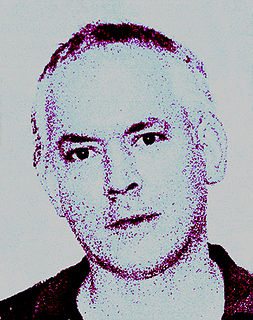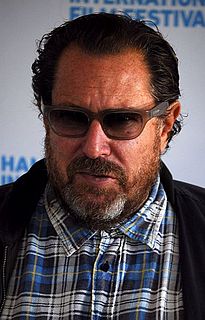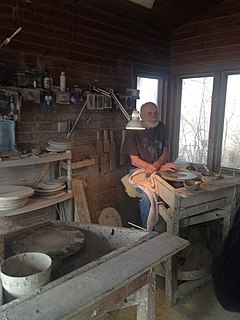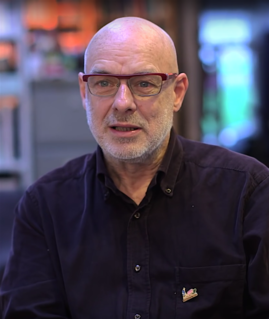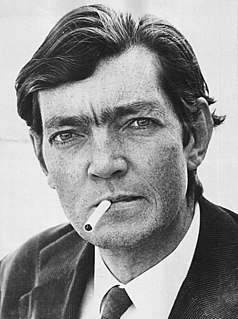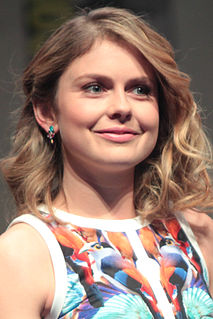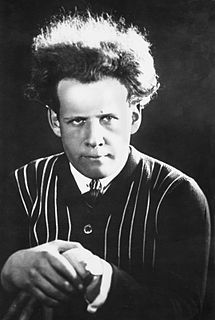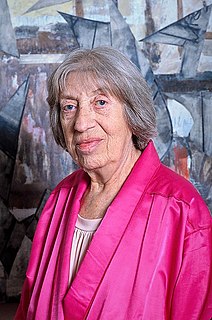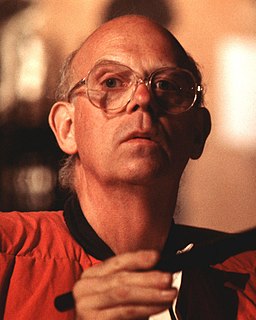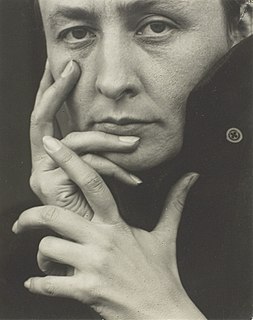A Quote by Kehinde Wiley
While it may seem a little mundane, the material realities of realizing the painting actually have a lot to do with how you should read the painting. For example, we assume that what the model is wearing is what we found him in in the streets. No; in fact, a lot of what happens is that in Photoshop certain aspects are being heightened or diminished. There is no actual material truth in these paintings.
Related Quotes
I will do a lot of research and create a lot of material for use in one painting. And then I go on discovering and working with a whole other range of material in another painting. I'm interested in a fairly comprehensive and orchestrated synthesis that might bring about a new situation consisting of this hidden material. I'm interested in hidden source material.
My style is in the 21st century. If you look at the process, it goes from photography through Photoshop, where certain features are heightened, elements of the photo are diminished. There is no sense of truth when you're looking at the painting or the photo or that moment when the photo was first taken.
A lot of what I do is about being in the moment and I think that's hard for people to get. I like it when things suddenly affect the painting. I mix up this red and it affects the whole painting or this little bit of white falls down there, and something changes the whole nature of the thing. The residue on what happens, that's what's in the paintings.
Let's talk about the artist's desire to go beyond the pictorial or the representational and the desire to create the abstract - the idea that painting can go beyond what is seen. What we found is that, increasingly, painting became about paint, its own material truth. When I'm talking about the way that we look at others and the way that we see ourselves increasingly, looking at others becomes its own material truth.
I thought I was going to be able to use my painting ideas as decoration on pottery, but my painting did not translate into decoration on pottery. I thought it was going to, and in fact I made, while still in school, a plate with one of my paintings on it, and that's exactly what it was, it was a plate with a painting on it. It was not a decorated plate; it was just a painting superimposed over a three-dimensional ceramic form.
You're like a witness. You're the one who goes to the museum and looks at the paintings. I mean the paintings are there and you're in the museum too, near and far away at the same time. I'm a painting. Rocamadour is a painting. Etienne is a painting, this room is a painting. You think that you're in the room but you're not. You're looking at the room, you're not in the room.
This is the essential distinction--even opposition--between the painting and the film: the painting is composed subjectively, thefilm objectively. However highly we rate the function of the scenario writer--in actual practice it is rated very low--we must recognize that the film is not transposed directly and freely from the mind by means of a docile medium like paint, but must be cut piece-meal out of the lumbering material of the actual visible world.

